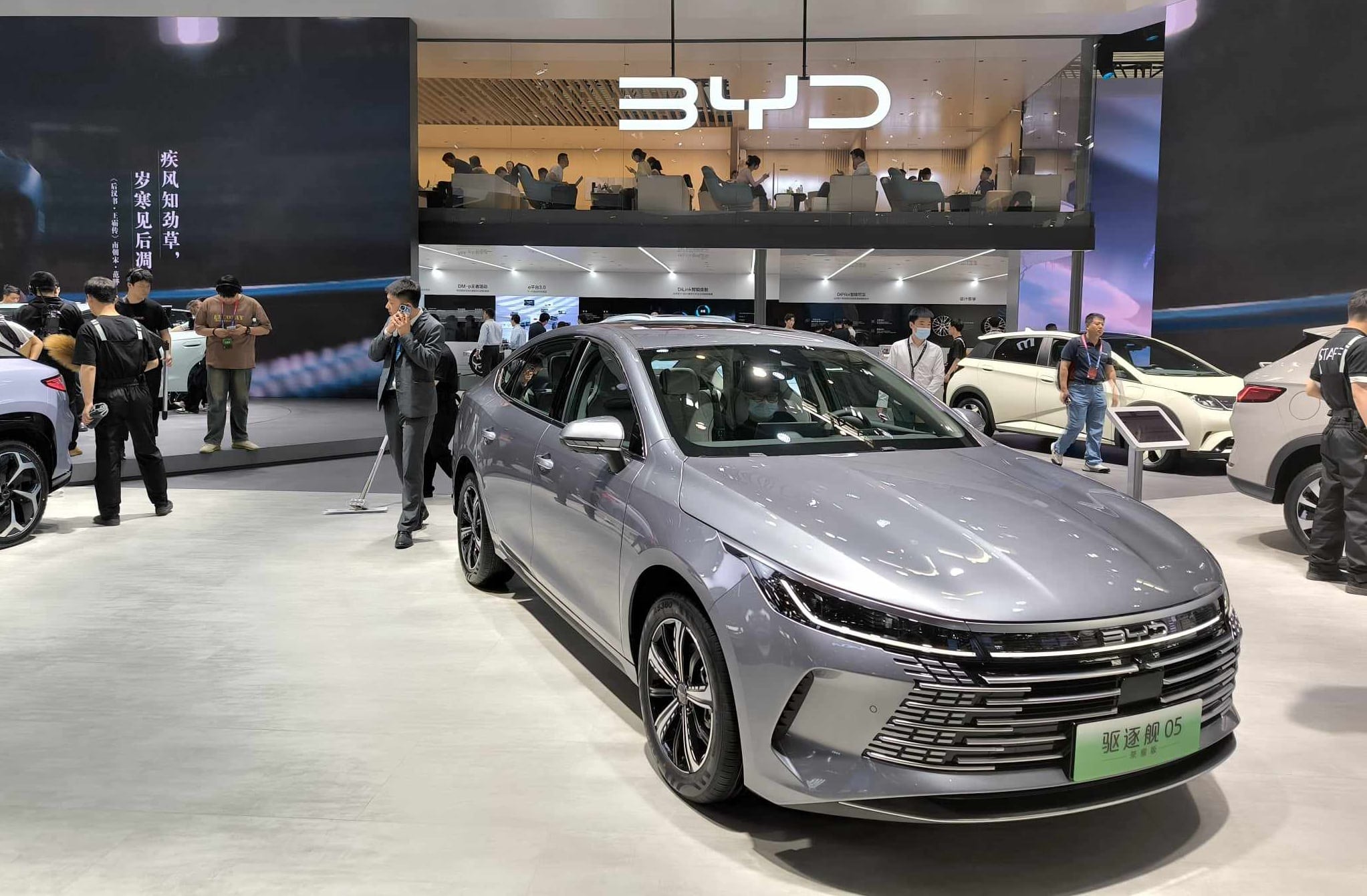报告称,比亚迪在欧盟的利润是中国的 10 倍,即使征收 30% 的新关税,每辆车仍能赚取 5,000 美元
比亚迪在欧洲的 BYD Seal U 利润为 15,400 美元,而在中国的利润为 1,400 美元。这意味着比亚迪多赚了14,000美元的利润,简称EU

比亚迪在欧洲通过 BYD Seal U 获得了 15,400 美元的利润,而在中国的利润为 1,400 美元。根据荣鼎集团的一份报告,这意味着比亚迪在欧盟销售的每一款 Seal U 车型上的利润增加了 14,000 美元,称为“欧盟溢价”。
- 广告 -6月12日,欧盟委员会(EC)调查显示,中国纯电动汽车(BEV)及供应链接受不公平补贴。因此,欧盟委员会对中国制造的电动汽车征收 17.4% 至 38.1% 的临时进口关税,具体税率取决于制造商。这些新关税是对现有 10% 关税的补充。
据荣鼎集团称,对比亚迪 Seal U(参见规格)征收 30% 的关税不足以使该车在欧盟和中国之间的利润相等,这意味着铺设场地仍然不平坦。 30% 的关税仍会让该公司相对于其在中国的利润产生 15%(5,080 美元)的欧盟溢价。这意味着比亚迪在欧盟销售的Seal U仍比在中国多赚5,000美元以上。这将使对欧洲的出口保持高度吸引力。
- 广告 -此外,这一水平的关税将为比亚迪提供降低价格的空间,以赢得欧洲市场份额。 Rhodium 指出:“我们对在中国和德国销售的其他几款车型的分析表明,即使征收 30% 的关税,许多中国电动汽车车型仍将享受强劲的欧盟利润溢价。”
报告表明,可能需要提高关税,对于像比亚迪这样极具竞争力的生产商来说,关税可能高达 45% 甚至 55%,</strong>降低向欧洲出口的吸引力。
但是,关税可能会对西方汽车制造商产生不良影响。 15%至30%的关税可能会损害宝马或特斯拉等通过中国向欧洲出口的外国公司的商业模式。对于宝马的 iX3 SUV,欧盟溢价(考虑运输等成本后)仅为 9%。这意味着,如果关税超过9%,宝马在欧洲销售的收入将低于在中国销售的收入。更高的关税还可能扰乱宝马、本田和大众等公司增加利用中国作为欧盟市场出口中心的计划。
- 广告 -华晨宝马(宝马在华合资企业)和特斯拉因配合欧盟委员会调查而被加征21%的关税。此外,特斯la申请进一步的个人评估。
外国和中国生产商之间的价格差异是因为中国生产商比外国生产商获得更多补贴,尽管两者都得到中国政府的支持。此外,中国公司的垂直整合程度更高,这意味着他们自己处理更多的生产过程,这使他们能够以比外国公司更低的价格购买产品。
例如,比亚迪不仅生产汽车,还拥有锂矿、自己制造电池、开发自己的电动机、拥有大型出口海运船,甚至还拥有一家车辆保险公司。
此外,激烈的价格战正在压低所有汽车制造商在中国的电动汽车价格,尤其是那些难以与中国新电动汽车初创公司竞争的老牌汽车制造商。大众 ID.4 的费用增加 50%欧洲的价格比中国便宜,因为德国的价格为 46,335 欧元(50,000 美元),而在中国,80 kWh 版本的价格为 33,500 美元。然而,荣鼎仅以建议零售价计算,大众经销商在中国销售ID.4的实际价格为182,400元人民币(25,150美元),如图所示,这使得差距更大。
尽管欧盟可能征收关税,但中国电动汽车制造商仍准备增加出口。推动这一趋势的因素包括中国新能源汽车市场增长放缓和利润率收窄,以及刺激出口。中国将欧盟视为主要出口目的地,因为其具有吸引力的市场条件以及比亚迪和上汽旗下的名爵等公司制定的雄心勃勃的目标,以夺取欧洲的重要市场份额。
免责声明:本文观点来自原作者,不代表Hawk Insight的观点和立场。文章内容仅供参考、交流、学习,不构成投资建议。如涉及版权问题,请联系我们删除。